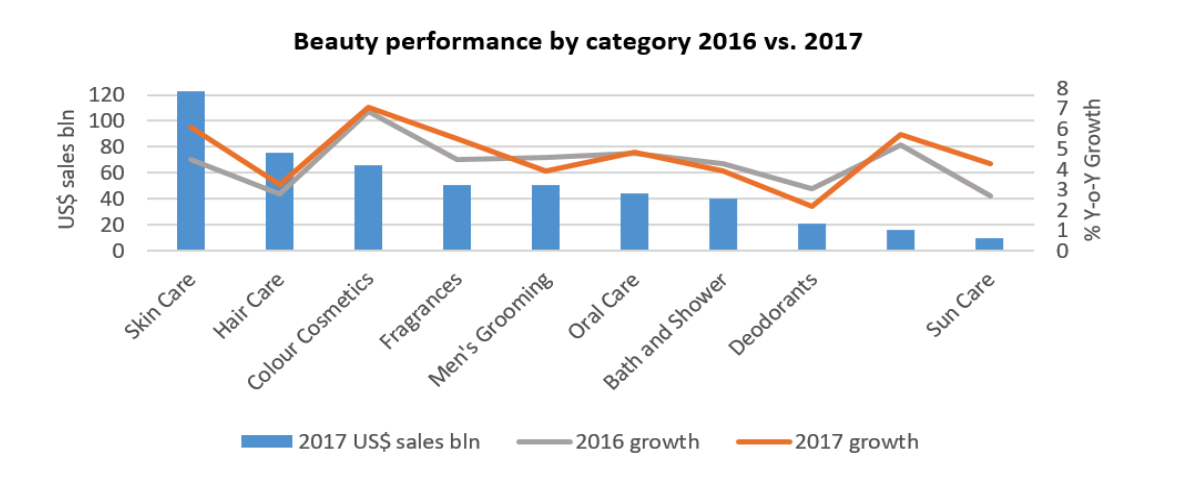Once the product preparation is done, it is time to pack it. For cosmetics, packaging is very important as it is a wellness and often a luxury product. The challenges for small and indie producers can be greater, as they have to handle all aspects of the business themselves, and their budgets are smaller.
Consumers Have to Connect with the Cosmetics
Cosmetic containers have to be emotionally appealing to the consumer. So while packaging is important in all products, in case of cosmetics it reaches an art form. Beautifully crafted metal containers are often cleaned and reused for other purposes around the house.
Besides the delight of the creative process, small producers will have to grapple with all the technical issues in packaging to ensure that the quality of their product is not compromised. However, there are many readymade options for small and indie producers, as packaging producers are catering to the needs of this sector in the cosmetic industry.

Packaging the Cosmetics
There are many steps involved in packaging cosmetics, where costs can be reduced with some planning. The different steps in packaging are,
- Acquiring packaging
- Labelling
- Filling the product
- Sterilization Process
The Containers
The material, shape, and colour of the cosmetic container all convey a subtle message, and play their part in creating the right perception. Metals stand for durability and trust, while the round shape is the most popular one both with consumers and producers. Producers like it as it can handle stress better than other shapes especially during transport. The colour will depend on the use of the contents and the feeling the product aspires to create.
Metal containers can be rigid tins and aerosol cans, or flexible tubes.
-
Choose shape and size careful so that the maximum number fit in the outer transport carton.
- Buy the latest containers as they tend to be thinner without sacrificing strength, so will be economical and reduce transportation costs.
Labelling
Labelling is important as it conveys vital information about the product, its ingredients and use, and is strictly regulated by governments. This is also by far the most creative aspect of the whole product, and the design, number and type of labelling can soon add costs.
Design
One of the easiest ways to reduce costs is to cut down on the number of colours used, and to keep the design simple. Minimalistic designs and labels are doing very well, and cater to the needs of the modern customer.
Type of Labels
Instead of using separate labels, even if it is only one per product, it is possible for tin manufacturers to print or emboss metal containers. Flexo printing is suitable for small productions, as is digital printing to achieve custom designs.
Table Top Filling Equipment
Usually there is a range of cosmetics that is released, and they can come in different forms- creams, fluids, powder etc. Filling them requires customized equipment. Luckily these come in capacities suitable not just for large producers, but also those with moderate and small productions.
Much of the equipment used by small cosmetic producers is fabricated also for laboratories, so they deliver high precision and quality filling. These are called lab and tabletop equipment, so you get an idea of their size. Don’t let their size deceive you, they can also be fast. For example, the small liquid filler that is operated manually can fill up to 50 containers per minute.
The compact equipment is in many cases fully assembled and is delivered to the doorstep. Small tabletop filler machines are available for:
-
Washing containers with liquid and air cleaning
-
Powder filling
-
Liquid filling
-
Single valve filling
-
Vacuum stopping
-
Hand sealing
-
Screw capping and crimping
New innovations keep upgrading equipment to make it more versatile and flexible, so do spend some time on researching the best option for you.
Sterilization
It is important to follow Good Manufacture Practices, to ensure that room, equipment, raw materials, mixing, and filling all are clean and hygienic. Then sterilize the filled and sealed cosmetic pack. The process and equipment will depend on the beauty product and the container. While radiation and chemicals can be used, simple environment friendly and small-scale options like an oven’s dry heat, or steam in a small autoclave are enough. The purpose of sterilization is to see kill and deactivate all the microbes and their spores.
Just as there is small equipment for the other steps, there is a wide range of small sterilization equipment custom designed for cosmetics.
Outsource the Whole Process
It is possible to have all the steps in packaging done on contract, by a qualified packer. This is an attractive option for newbies, as they can skip investing in any equipment, and in addition profit from the expertise of established packers. An experienced packer will also be able to deliver professional quality and services. Many packers take on short and long term projects, and put all their costly and large equipment to work for the benefit of small producers.
When all the processes are handled at a place, transportation and organizing costs for the various steps can be cut, thereby increasing savings.
Good Manufacture Practices
Last but not the least; ensure that the cosmetic production and packaging processes comply with regulations. In Europe, cosmetics producers - big and small- have to comply with Good Manufacture Practices (GMP) outlined in the internationally applicable guidelines by ISO 22716:2007 ‘for the production, control, storage and shipment of cosmetic products.’ In USA there are no regulations specifically for cosmetic production, but general regulations for manufacture practices called the Good Manufacture Guidelines by FDA apply.






